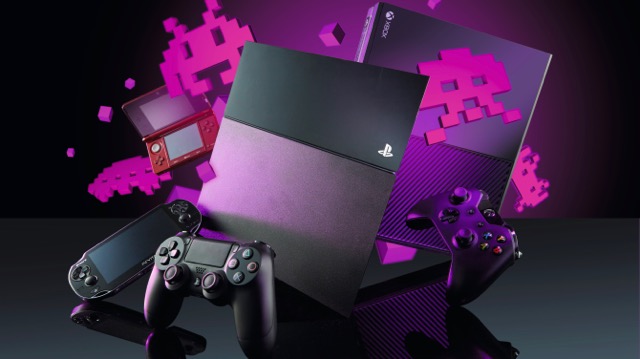
Once upon a time, gaming was a far simpler beast. On one side of the fence were the consoles: with the big yen of Japanese heavyweights Nintendo and Sega driving the war to win that space under your old CRT TV, mascots such as Mario and Sonic the Hedgehog became pop-culture icons overnight.
On the other side were the PC faithful: unbound by the 8- and 16-bit processors that held back their closed-box cousins, the likes of Doom and Myst brought a far more mature spin to proceedings.
These days, gaming – both console and has transformed from the hobby of stereotypically secluded geeks into one of the fastest-growing entertainment mediums in the world. Games, in short, have arrived, and they're getting bigger and more complicated by the day.
Question is: where do you even start? So, whether you're a fresh-faced newbie or a once-proud gamer returning to a since-forgotten pastime, T3 brings you the ultimate guide to one of the best forms of entertainment money can buy...
For the players
If we're going to talk about games, let's start with the fastest-selling and most powerful console on the market today: the PlayStation 4 (£279.99). Developed by Japanese electronics powerhouse Sony, the PlayStation brand has been building on innovation since its first console debuted in 1995, and the PS4 is no exception.
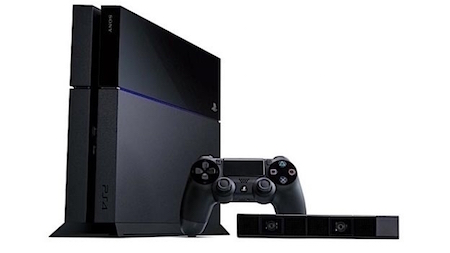
With an AMD 8-core CPU, 8GB of GDDR5 memory and 500MB of storage, this sleek bit of kit is the most powerful gaming and entertainment package you can get for under £300. For those looking for a little more memory, there's also the 1TB Ultimate Player Edition (£315.99).
Black magic
Alongside the power to support games at a buttery smooth 4K, 1080p and 720p (and frame rates as high as 60fps), the PS4 enables you to play games while they're downloading.It also gives you the option to instantly resume your progress, even if you've switched off your console. You can even share a game with a friend who doesn't own a copy – it might sound like black magic, but as long as your mate has a PS4 hooked up to the internet, you can hand over control of your console and let them play your games for up to two hours.
Sign up to the T3 newsletter for smarter living straight to your inbox
Get all the latest news, reviews, deals and buying guides on gorgeous tech, home and active products from the T3 experts
Oh, did we mention that the PS4 is a bona fide entertainment hub, too? Alongside a Blu-ray player as standard, you can buy or rent movies and TV episodes from the PlayStation Network (PS4's online delivery platform), as well as access almost every streaming and catch-up service on the market, thanks to PS4-friendly apps. Simply download the relevant app, log in with your usual details and you can stream content (including HD) right through your TV.

Just keep in mind that you'll need to purchase a PS Plus membership if you want to do anything other than stream – if you fancy playing games online with your friends (or, indeed, total strangers), PS Plus is a must. Prices range from £5.49 a month to a reasonable £39.99 for a whole year.
The PS4's biggest rival is fellow eighth- generation console the Xbox One (£279.99) from Microsoft. True, the PS4 is ever so slightly more powerful than the Xbox One, but when it comes down to raw performance and graphical output, only the most technically minded purists will really notice the difference. So why choose the Xbox One over the PS4? It ultimately comes down to personal brand preference, but Microsoft's heavy-hitting box of tricks has plenty to offer gaming and entertainment enthusiasts.
One to watch (and play)
Under the hood, you're investing in a 500GB hard drive (a 1TB model is available for £399.99), an AMD APU with two quad-core modules, and 8GB of DDR3 RAM – in other words, you're getting a piece of kit as powerful as most mid- to high-end PCs.
Since it's developed by Microsoft, you're also getting an operating system that's built to work with a variety of inputs. The already ergonomically rewarding Windows 10 can be controlled with an Xbox One wireless pad or via voice commands/motion controls.
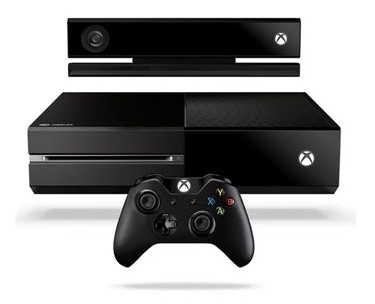
Grab yourself a Kinect Motion Sensor (£99.99) and, through a combination of high-resolution cameras and a mic, you'll be able to flick through your library of games and call up apps with no physical input whatsoever – although keep in mind that most bundles don't include a Kinect, so you'll need to pick one up separately.
Alongside some of the best games out now that are exclusive to this platform (including first-person shooter Halo 5: Guardians and slick racing sim Forza Motorsport 6), the Xbox One offers a feature you won't find on any other console: Snap. Whether by your voice or via your pad, you can mix and match multiple apps and games on the same screen. Fancy catching up on the latest football scores on live TV, but don't want to interrupt your game of FIFA 16? Simply grab one of those apps, or say “Xbox Snap”, and both programs will run simultaneously, just like they do on a modern Windows PC.
Wii U bet
Looking for a smaller, but far more refined and unique, selection of games? Well, T3 thinks Nintendo's Wii U console is your best option. It's available in multiple flavours, with the two main types being the white 8GB Basic version (£186.99) and the 32GB Premium incarnation. Unfortunately, the 32GB version is no longer available on its own, but it's become the de facto standard version with most games bundles.
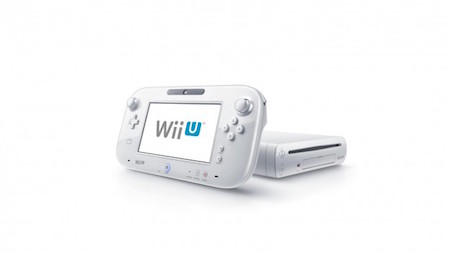
While the Wii U isn't the most powerful console in terms of performance, it's another example of the Japanese developer/publisher's ethos to drive towards innovation over pure power. (It also doesn't support native 1080p/Full HD on all of its games; most run at 720p or an upscaled 1080p.)
The big hardware calling card is the Wii U GamePad. With its 6.2-inch built-in touchscreen and twin analogue sticks, it's a satisfying mixture of tablet and traditional controller, and it feels remarkably more comfortable to use than it looks. Much like the twin-screen set-up of Nintendo's handheld 3DS system, the GamePad touchscreen provides additional information on your current Wii U game, as well as enabling you to free up the TV and stream your game to your controller via Wi-Fi.
Gaming on the go
Prefer to game whenever and wherever? Then maybe a robust little handheld console is for you. Tablets and mobiles are getting more powerful with every year, but each game on those platforms has either been ported or built with pure touchscreen controls in mind. The two main handhelds on the market – the Sony PlayStation Vita (£139.99) and the Nintendo 3DS (£129.99) – however, combine both analogue controls (think sticks and buttons) with a touchscreen, so you're getting a far more rewarding experience.
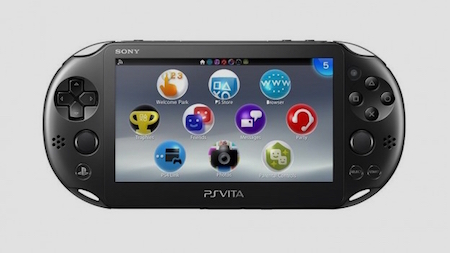
The current Slim version of the PlayStation Vita is a powerful bit of kit that's an ideal companion to the PlayStation 4. It features a five-inch LED touchscreen and a touchpad across the back, offering a sense of unbridled control. These extra layers of input are perfect when you take into account T3's favourite Vita feature – Remote Play. Should you own a PS4, every one of your games will stream directly to your handheld console via Wi-Fi.
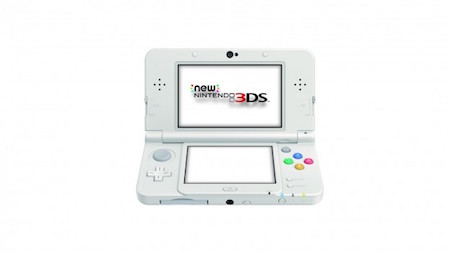
The Nintendo 3DS is a far different beast. It's available in a number of variations: the standard model (£129.99), the larger XL version (£154.99), the non-3D 2DS (£84.99) and the 'new' 3DS (£129.99), which is the same size as the original 3DS but offers changeable face plates.
Power in your pocket
Whichever 3DS you plump for, you're getting two screens in your pocket: one is a 15:9 autostereoscopic display offering great-quality 3D on all 3DS-specific titles, the other a 4:3 touchscreen that works perfectly with the included stylus. It's certainly nowhere near as powerful as Sony's PS Vita, but with StreetPass (the ability to meet and 'collect' the avatars of nearby 3DS users) and apps such as Netflix, it's still a unique and rewarding console for all ages (especially little tykes).
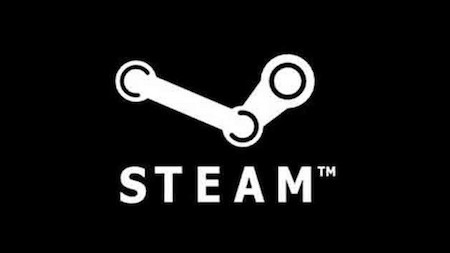
As you can see, consoles are neither meek nor bland when it comes to power and features, but there's one thing they don't have: Steam. Games developer Valve has revolutionised the PC gaming world, creating a stable games platform that offers secure downloads, early access to in-development games and a growing community of users that help dictate its utilities. You'll have to be patient, though, because Steam Boxes (the much-touted missing link that'll offer the software library of Steam on a bespoke, closed-box machine, much like a console) won't be available until later in the year. In the meantime, a powerful gaming laptop is a fine choice.
We agree with TechRadar: the Origin EON15-X (£1,698) is one of the best on the market. Inside its sleek, portable form lies an NVidia GeForce GTX 980M and 970M graphics card featuring G-Sync software that matches the refresh rate of your GPU with your screen – this means your 15.6-inch widescreen monitor will output 1080p/60fps (even on Ultra settings). Add to that a Sound Blaster X-FI soundcard and fourth-gen Intel Core i7 desktop processors, and you've got a mobile gaming suite that'll give even the most sophisticated rigs a decent run for their money.
Three cool things you can do with an Xbox One
1. Go hands-free
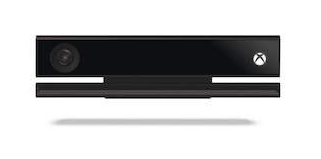
A Kinect sensor brings a new level of fun to your console operation. This bit of kit is essentially a series of cameras and motion detectors that sit by your TV – so if you want to re-enact scenes from Minority Report as you control menus, launch games and switch back to your TV signal with a wave of your hands or via voice commands, this addition is for you.
2. Connect with Skype
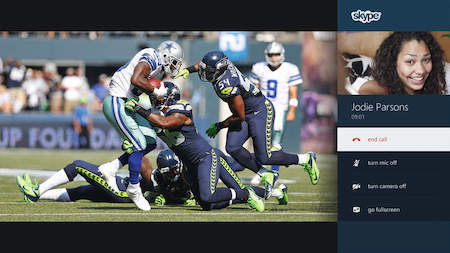
Handily, Microsoft owns telecommunications service Skype, so you can download the official app and start making video calls straight off the bat – and since it's first-party software, it's very reliable. Most headsets with an in-built mic work with it, but the official Xbox headset is particularly light, so perfect for long calls.
3. Snap, crackle and watch

Much like its PC-based Windows cousin, the Xbox One has a neat feature that no other console can offer: app snapping. Want to watch the latest football scores live on TV without switching over from your game? Follow T3's sage advice and head back to the Home screen – select the Snap panel on the right-hand side or say “Xbox Snap”. Select your chosen apps and voila!
Four cool things you can do with PlayStation 4
1. Download while you play
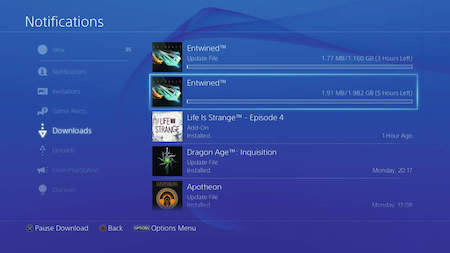
The old days of having to wait while you download a digital title are over. Not only can you play a PlayStation 4 game from your hard drive or a disc, almost all games on Sony's current-gen console will enable you to start playing while they're still downloading (although you'll eventually hit a wall if your internet connection is a little snail-like).
2. Suspend and resume
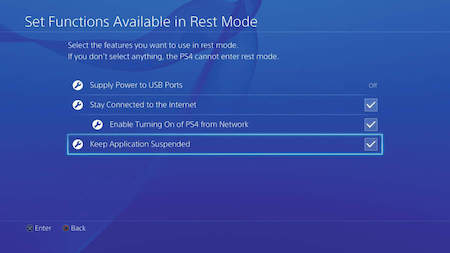
Remember those days of having to boot up your console, before loading up a game and trawling through a series of menus to resume your session? Well, worry no more. Simply select 'Keep application suspended' from the Power settings, hold the PS button and your game will instantly resume where you left off the next time you power up your PS4.
3. Remote play
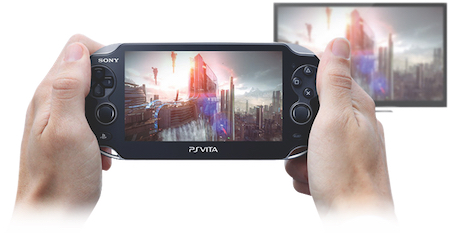
Picked up a PlayStation Vita handheld console recently? Not only is it a powerful piece of technology in its own right, it can stream games direct from your PS4. Once you've synced them together, you'll be able to play everything from Destiny to Batman: Arkham Knight in the palm of your hands.
4. Stream/record gameplay
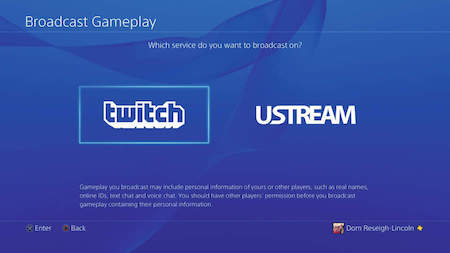
Fancy making some big bucks as a YouTuber or Twitch broadcaster? Well, to set you off on that road to internet stardom, you can instantly stream from your PlayStation 4 (if you have a Twitch account) or upload footage direct to your YouTube account, all without the need for a capture card.
The best accessories
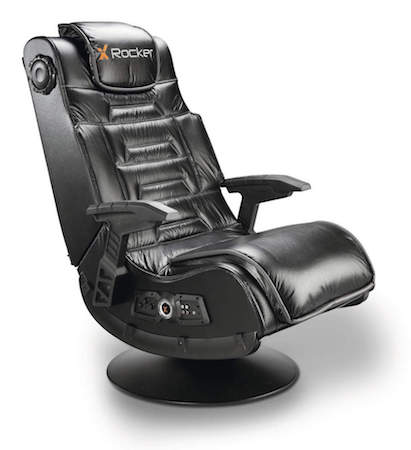
An ergonomic gaming chair is a must for T3. You can link the comfortable X Rocker to your TV's audio output via a wireless transmitter. £160
2. GioTeck HC-4
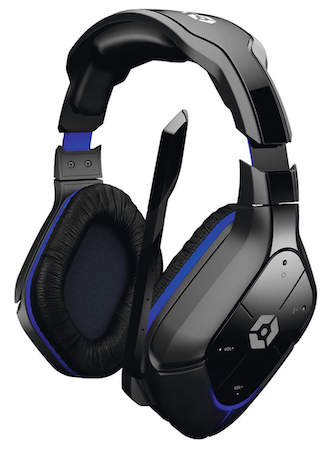
Compatible with the PS4, the Xbox One, the Wii U, the 3DS and most gaming laptops, the HC-4s are a steal, offering rich sound and comfortable cups. £30
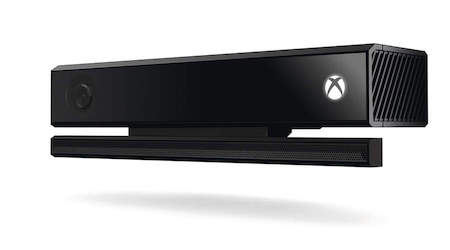
Part webcam/part motion sensor, the Kinect lets you control your Xbox One console with hand gestures and voice commands. £98
4. PS4 DualShock 4 Charging Station
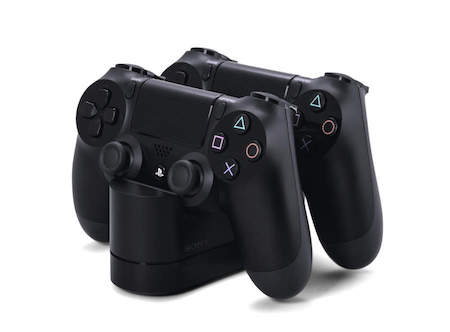
Want to make sure your pads are always full of juice? Plug this dock into the mains and charge two controllers at once. £28
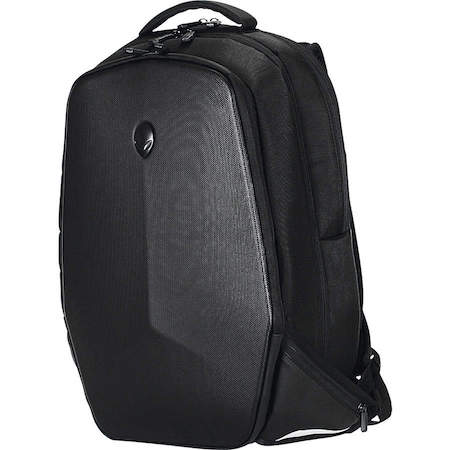
A carry case such as the Alienware Vindicator will keep your gaming and media hub in perfect nick with its reinforced, stealth-black design.
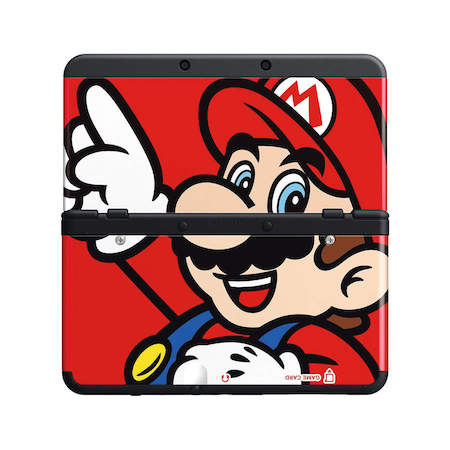
The latest 3DS has the option to swap the top and bottom plates (like ancient Nokia mobiles); the official Mario ones are rather eye-catching.
The future of VR headsets
The ultimate interactive experience is on its way
1. Oculus Rift
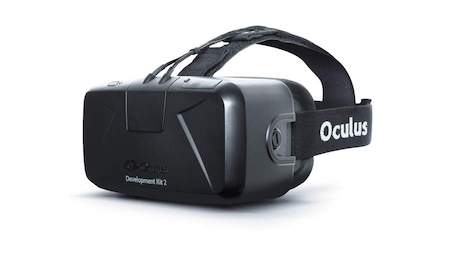
Due in early 2016, the Oculus Rift offers the most immersive VR experience T3 has seen, with amazing high-res graphics and positional 3D sound built in.
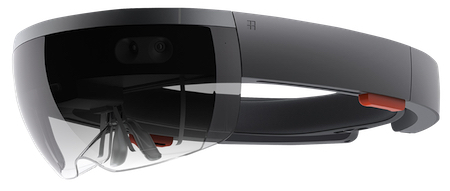
Earmarked for release next year, these augmented-reality goggles will add high-def holograms to your real-world vision.
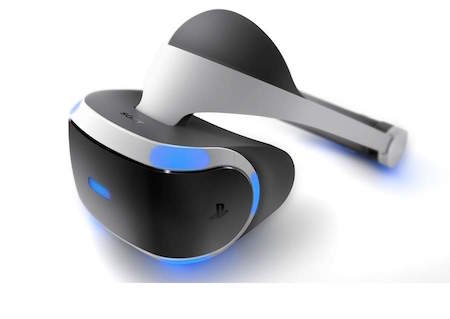
Bring a new dimension to PS4 games with this gaming headset, due next year. Crisp display but needs a separate audio input.
T3 recommends... PlayStation 4
You can't beat the PS4 for gaming, both now and in years to come
When it comes to the best gaming experience, it all comes down to personal taste – but for T3, it's all about finding the balance between a powerful, reliable bit of kit and a breadth of games (both exclusive and multiformat). The Wii U certainly has that infectious Nintendo charm, but it simply isn't powerful enough to support most multiformat games. The Xbox One has a robust online infrastructure, but continues to lag behind the PS4 in terms of raw processing grunt.

A gaming laptop gives you access to the huge library of games on online platform Steam, but you do run the risk of having to update your hardware within 12 months, which is a difficult process.
For T3, the PS4 offers the most robust and cost-effective package; it's the most powerful console you can buy. As the market leader, it's also guaranteed to support the latest triple-A games for the next six to eight years. Plus there's no need to worry about it lagging behind PCs – the PS4 is becoming the main development platform for games, so your investment is future-proofed.
How to broadcast gameplay from your PS4
1. Hit the Share button
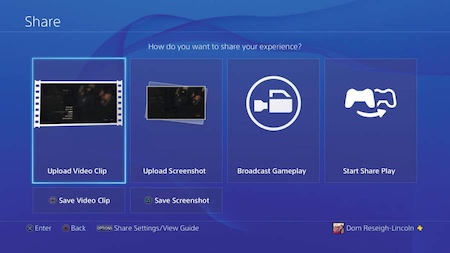
To kick things off, load up your favourite PlayStation 4 game and hit the 'Share' button, which is located to the left of the touchpad. Here you're presented with a number of options, including saving a screenshot, recording a video and more. You need to select the third option, 'Start Broadcasting'.
2. Tweak your options
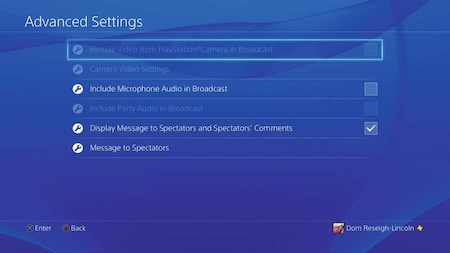
Now it's time to check and customise the settings of your soon-to-be-live broadcast. Click the 'Options' button on your DualShock 4 pad, then select 'Share Settings' > 'Broadcast Settings' > 'Advanced Settings'. From here, you can choose to enable comments, add a microphone, etc.
3. Link your profile
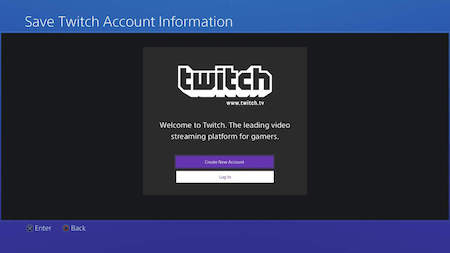
The PlayStation 4 supports two types of streaming service – Twitch and UStream. Both are extremely popular with audiences, and are a great way to make cash via donations and subscribers. Either create a new profile on your chosen platform or log in via your existing profile.
4. Start streaming
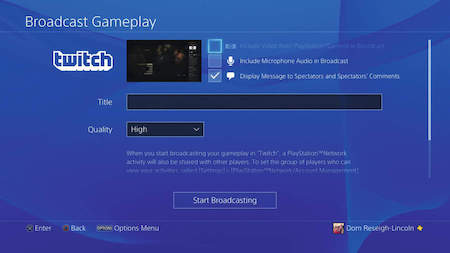
You're almost there – all you need to do now is choose the quality of your stream (keep in mind that higher ones will alienate those with low-bandwidth internet), give it a title of your choice, then hit the 'Start Broadcasting' button. And that's basically it – you're live! Now sit back and watch those Web bucks roll in...
Now why not check out
Dom Reseigh-Lincoln has been writing for T3 for over half a decade now, covering everything from mobile phones and laptops right through to video games and gaming peripherals. Purveyor of an excellent beard, as well as some perpetually cheeky offspring, Dom likes to wind down in his spare time by listening to heavy metal.
-
 3 overrated shoulder exercises, according to a fitness expert (and what to do instead)
3 overrated shoulder exercises, according to a fitness expert (and what to do instead)Sculpt 3D shoulders whilst minimising injury with these three alternative exercises
By Bryony Firth-Bernard Published
-
 Polar’s new subscription feature lands in the shadow of Garmin’s Connect+ rollout
Polar’s new subscription feature lands in the shadow of Garmin’s Connect+ rolloutPR genius or timing disaster? Polar’s new Fitness Programme adds adaptive training to its ecosystem
By Matt Kollat Published